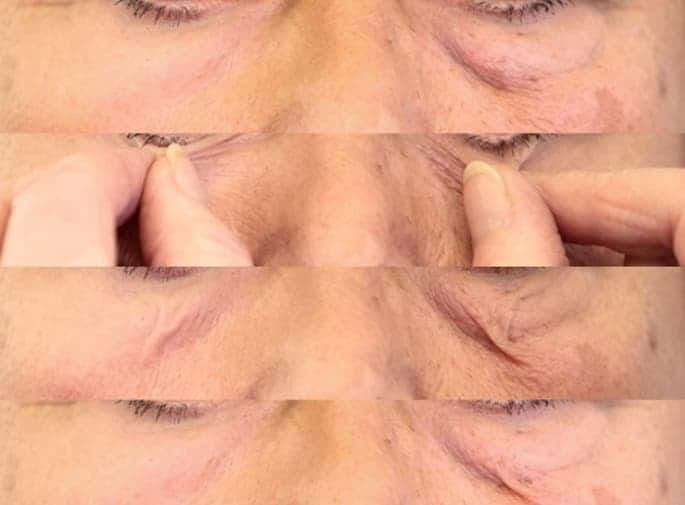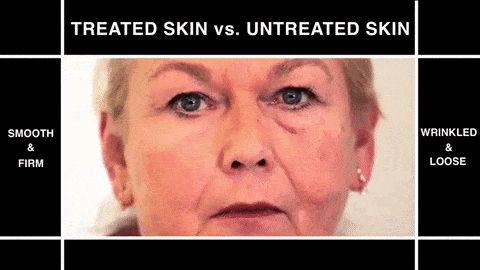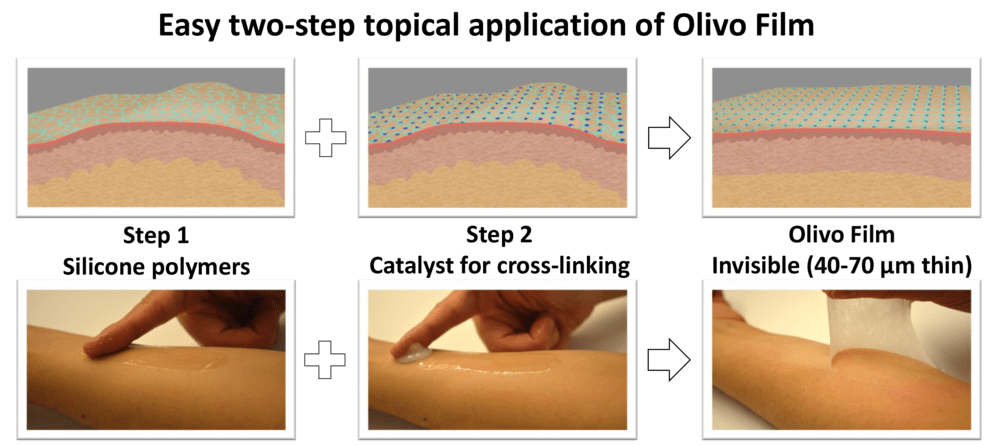Being the largest organ in the human body, the skin is where the first signs of aging show whether they’re wrinkles or baggie eyes. Nobody seems to enjoy looking old, testified by a blooming and extremely profitable anti-aging industry currently worth $123 billion, and expected to grow to nearly $191 billion by 2019. Some products are better than others, but few offer the prized double standard: cosmetic and health. This is where the so-called ‘second skin’ might come in.
Developed by researchers at MIT for over a decade, the ‘second skin’ is a transparent, silicone-based polymer that can be layered over the human skin. Flexible and strong, the novel material can return to its original size after being stretched to over 250%, which is actually better than human skin which can only stretch to 180%.
The cross-linked polymer, or XPL, can be used to tighten the skin, thus reducing wrinkles, but also improve the skin’s general health.
In the several tests the MIT researchers ran, the XPL material showed signs of promise. When placed over the eye-bag area of study participants, XPL’s compressive force tightened the saggy skin. Another test that assessed durability found the layer was still attached to the skin of participants at the end of a 16-hour trial, although two participants reported their skin would show after the XPL wore off. XPL stayed on even while the participants were running or swimming, despite the sweaty conditions.
No skin irritations were reported during theses tests. On the contrary, XPL helps hydrate dry skin scoring better at preventing water loss than a “high-end commercial moisturizer”, as reported in Nature Materials.

The skin is gently pinched in treated and untreated areas, then allowed to recoil. Credit: Olivo Labs
The researchers hope the polymer will be used to treat eczema and psoriasis, which can be particularly uncomfortable for the elderly. The second skin can also be used as a perfect medium to deliver target drugs right through the skin. Nicotine patches might sound familiar, but XPL could host a wide range of drugs.
“This ‘skin conforming’ platform brings with it transport properties that have significant promise to treat underlying conditions,” said Dr. Rox Anderson, Harvard Professor, Olivo co-founder, and Dermatologist at Massachusetts General Hospital. “For eczema or sun protection as examples, this second skin platform can then serve as a reservoir for control-release transdermal drug delivery or SPF ingredients, a possibility we are currently pursuing in our lab.”
MIT worked closely with Olivo Labs, a company that might be involved in selling the second skin once it becomes commercially available. No info on release date or price has been offered, but MIT said that at least for the time being the primary application of XPL will be medical.











